

We inspect bridges without the need for scaffolding, rope access or lane closures. Our drones capture detailed visuals quickly and safely — cutting cost, minimising disruption, and helping you stay compliant with inspection requirements.
Using 4K ultra-high-definition cameras and zoom lenses we can pinpoint areas that are suffering from decay, cracks, erosion, corrosion and other damage. Enjoy peace of mind in knowing that issues that are causing, and have the potential to cause, serious problems will be found quickly and efficiently.
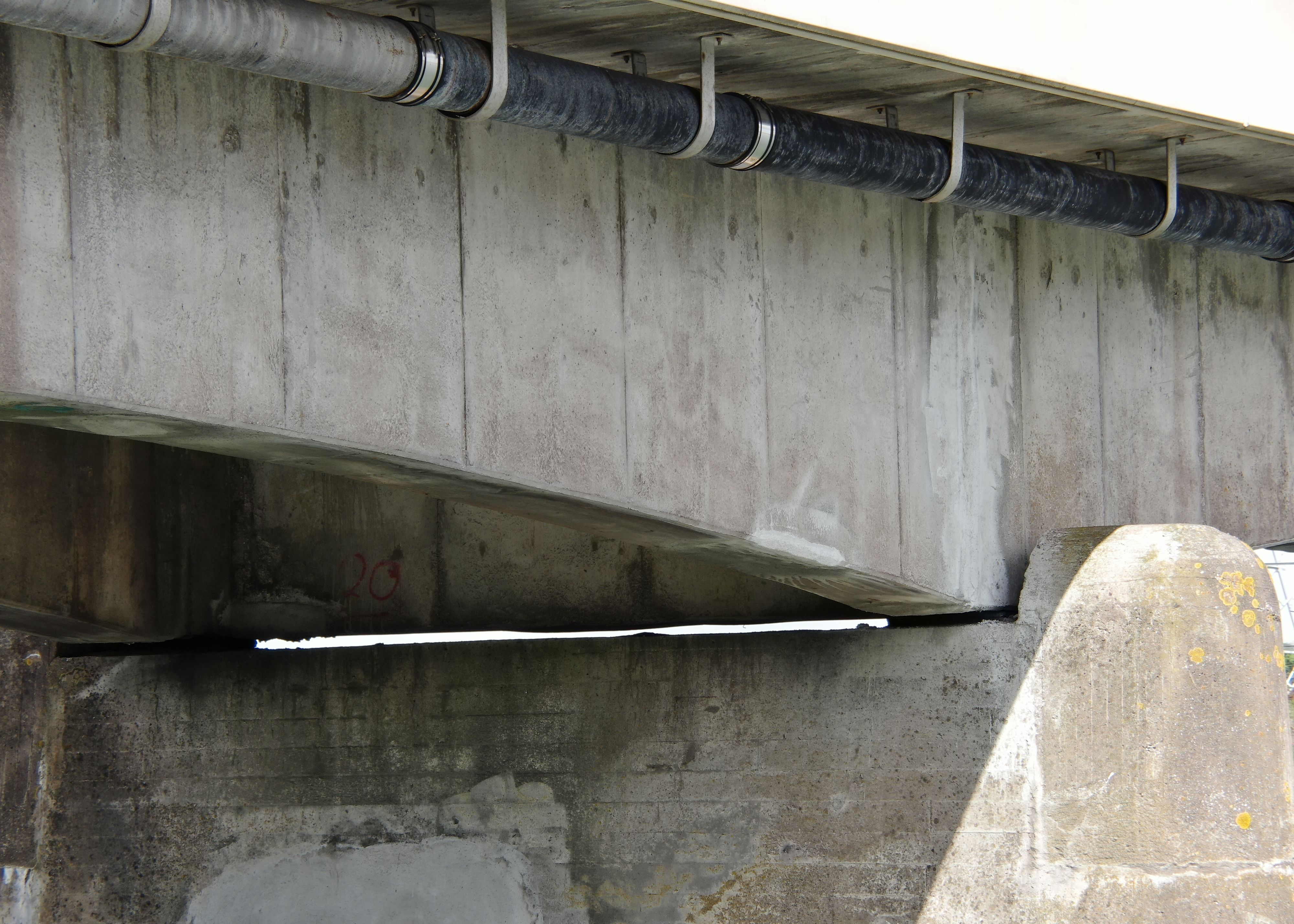
The use of drone 3D modelling technologies gives you the opportunity to inspect a digital twin of a bridge from the comfort of your office. This detailed replica can be inspected at a minute level, allowing you to make a record of any areas that are in need of attention. Issues such as poorly executed repairs, general damage and other potential weaknesses can be shared with your employees, suppliers and other shareholders at the click of a button.
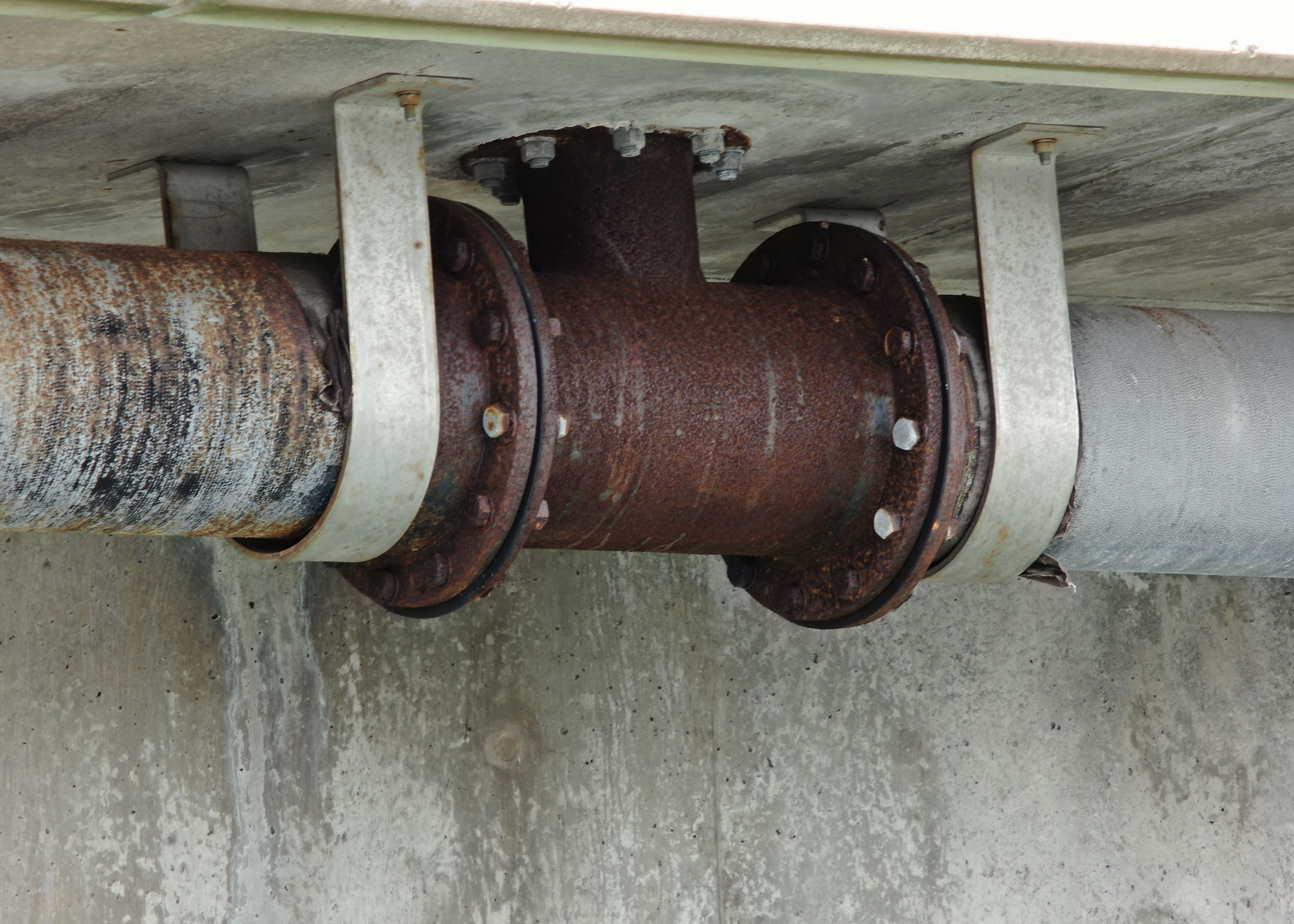
Deploying drones using thermal imaging cameras allows you to instantly see areas affected by delamination on the bridge's deck. Traditional methods, such as the chain drag test, are labour-intensive and open for miscalculations. With the faster and more accurate results offered by thermography, these methods are also becoming outdated.
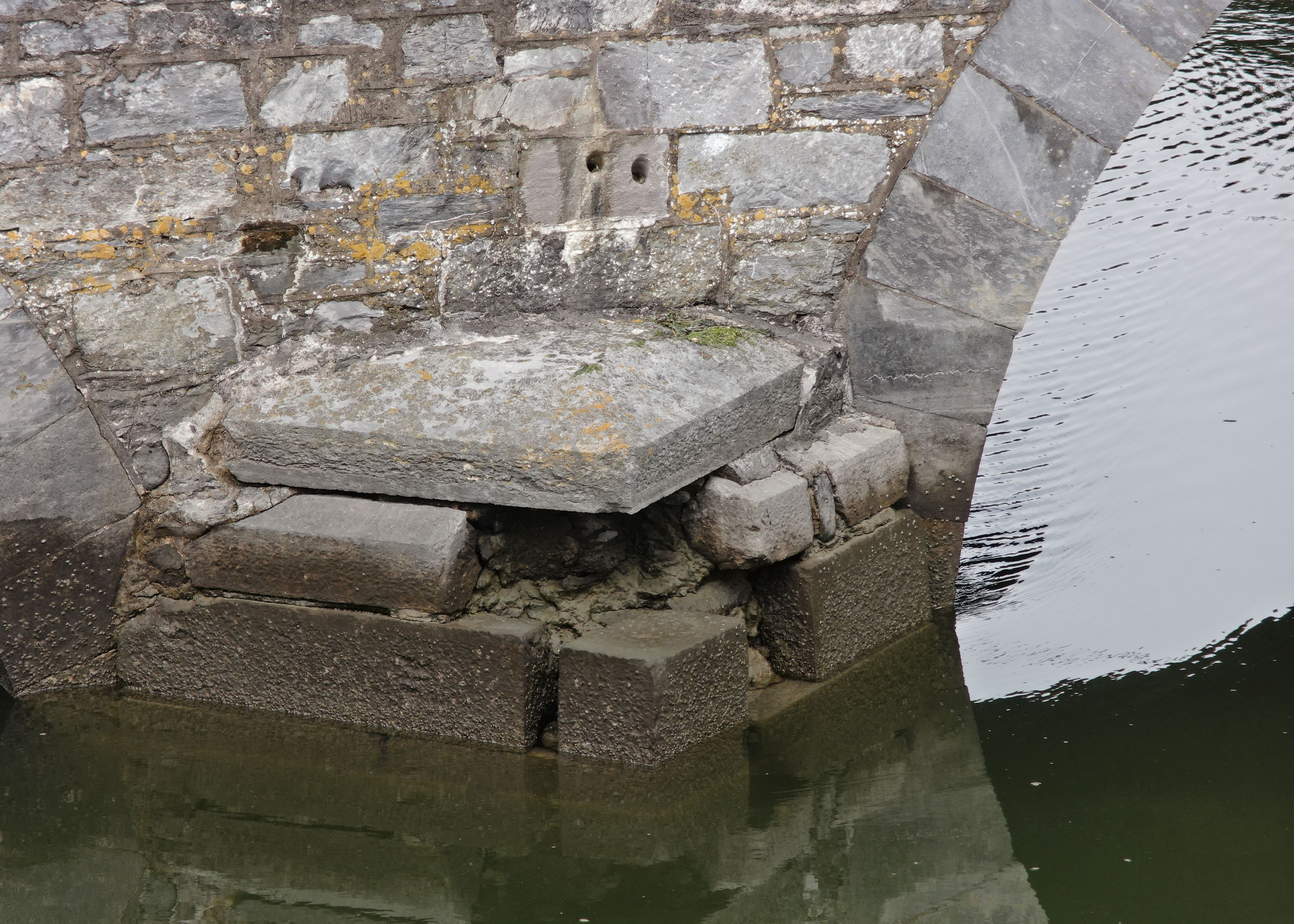
Drones equipped with LIDAR technology produce high-resolution 3D models and maps of your bridgeasset forensics and assessments at the highest level of detail.

The use of specialist impact-resistance technology deployed with our drones allows us to access areas that are otherwise too hazardous or difficult to reach. Get instant data from confined spaces without the time-consuming, labour-intensive and costly methods of the past, and with zero risk to personnel.
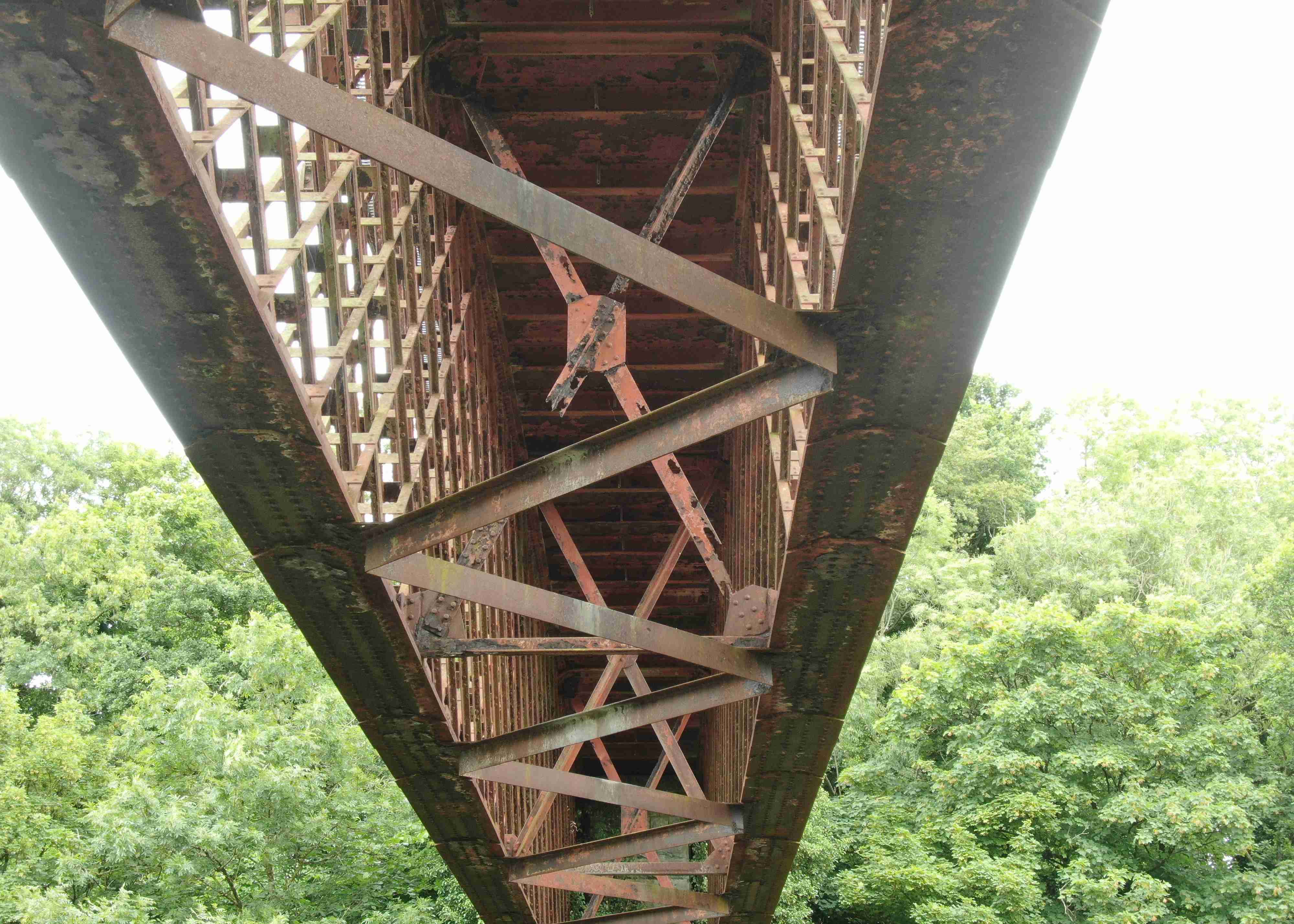
Conventional bridge inspection methods are tedious and can take several hours or even days to complete. Typically, the bridge must be closed to traffic while an inspection is underway. Drone bridge inspections are a faster and more cost-effective solution, that won't affect local citizens or commerce.
Drone technology is cheaper, safer and more reliable than traditional methods such as scaffolding, cherry-pickers and ropes. It's also quicker and less labour-intensive. We will bring everything we need and be out of your way that same day.
Downtime is expensive, unpopular and inconvenient. Using a drone, our engineers can conduct a thorough survey with little to no downtime.
Our equipment won't touch or even go close to your assets. Our high-resolution cameras use optical zoom to give extreme close-up views while staying a safe distance away.
We use cutting-edge technologies to detect problems that would otherwise be invisible. These include 4K ultra-HD photography/video, LIDAR and thermal imaging.
We understand that you need answers fast. We can deliver a plain-English report with clear-cut conclusions in days. Then, you can take the steps you need to and get back to doing what you do best.
Need us there in a hurry? No problem. Let us know what you need, and we can be there on the same day. After all, sometimes the problem just won't wait.
Sometimes the brief can change even in real-time. If need be, you can be stood there right next to the drone operator, directing them as the situation develops.
The safety of your personnel and our own is paramount, and we place it at the forefront of our company culture. Ask us about our HSSE systems and practices.
Bridge inspections meant scaffolding, cherry pickers, or platforms — all slow, expensive, and disruptive. You'd only cover small sections at a time, with safety risks to the team and delays to traffic. Drones remove that hassle entirely.
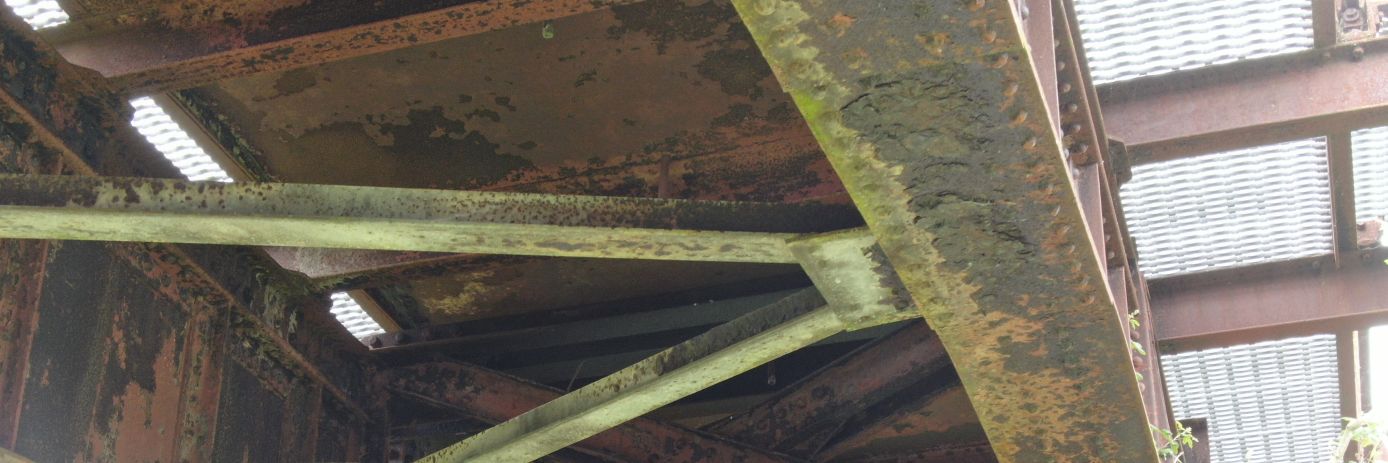
One drone pass covers the entire bridge, above, below, and around — with no impact on traffic. There's no need for scaffolding or platforms, making inspections faster, safer, and more cost-effective. Drones also access confined or hard-to-reach areas with ease.




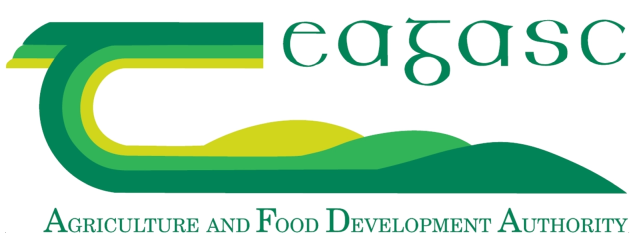


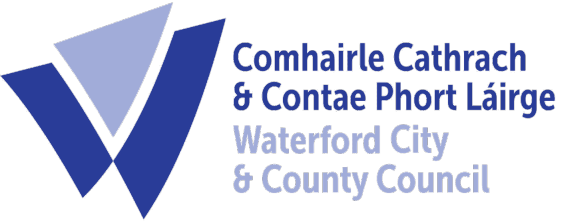

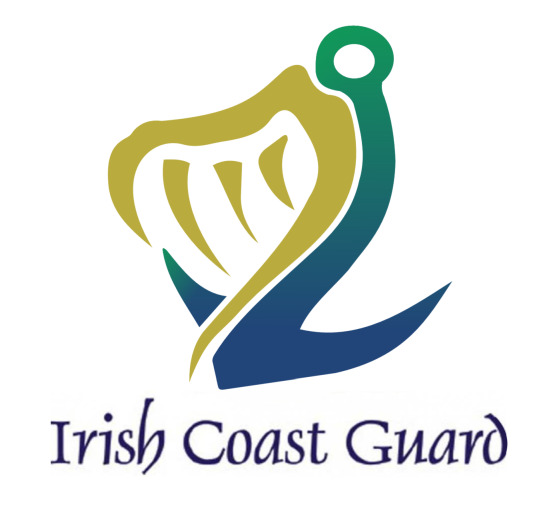
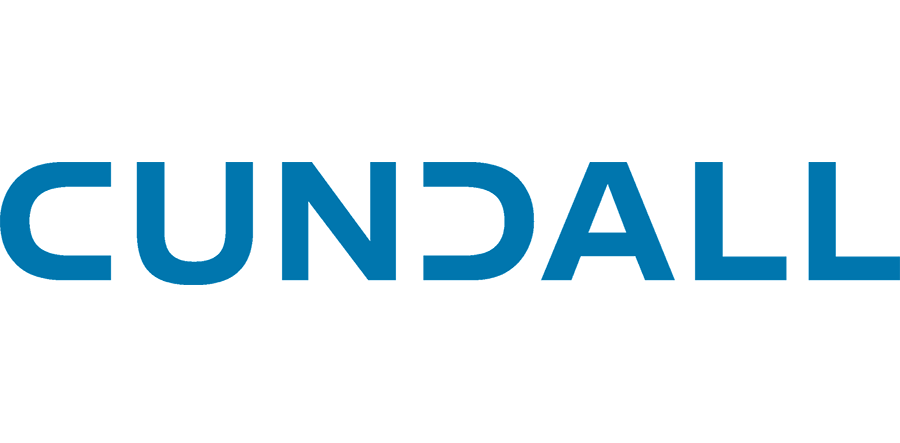



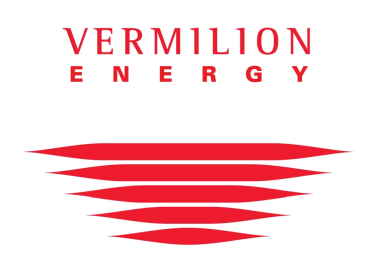

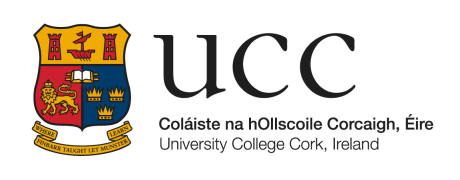






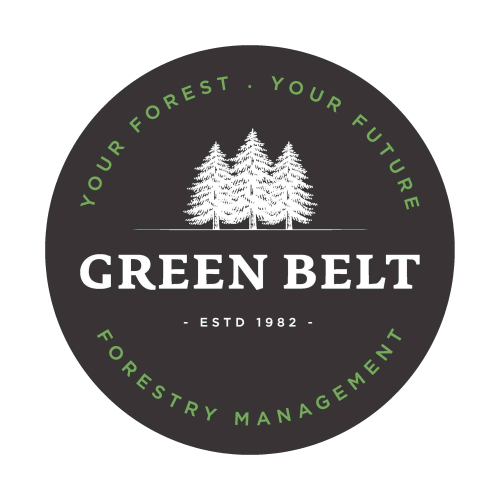





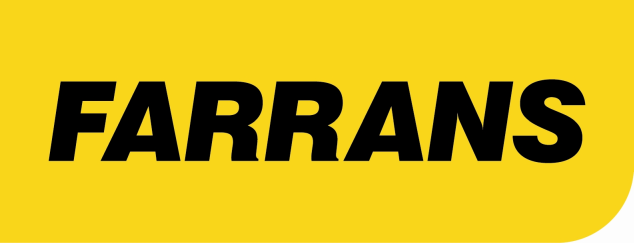
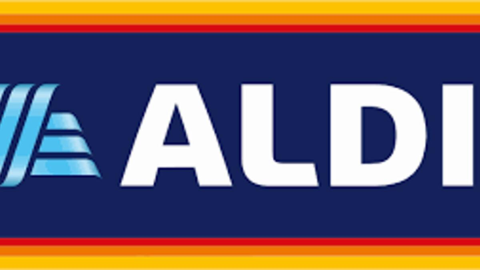






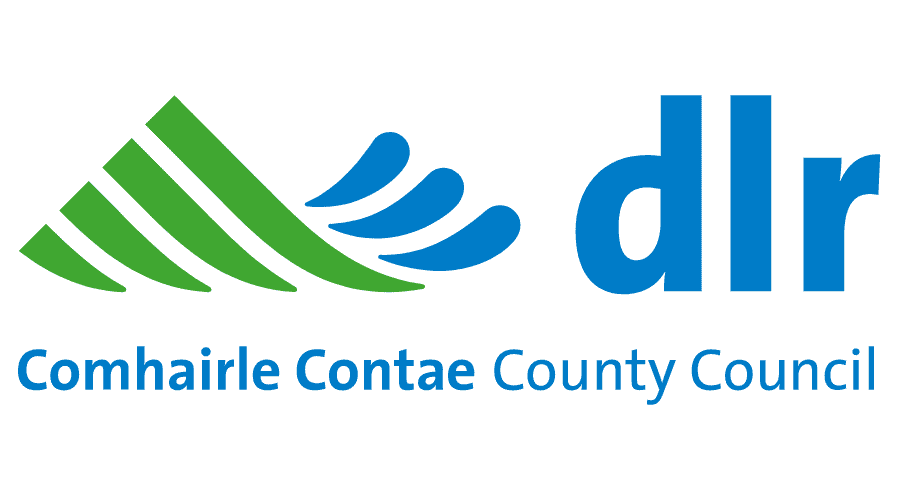









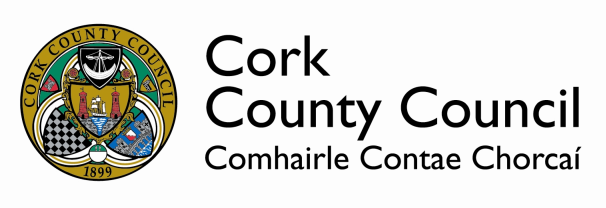


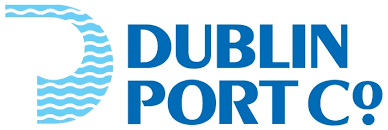



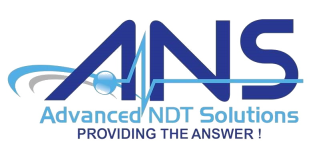









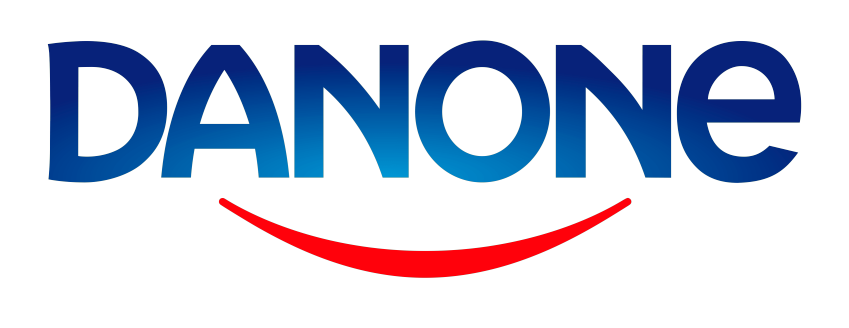








































































































































Optical zoom is a feature found in cameras that allows you to change the focal-length of the lens, which in turn magnifies the image. Unlike digital zoom, which simply enlarges the pixels of an image, optical zoom physically moves the lens elements to zoom in or out, resulting in a higher-quality, more detailed image.
Optical zoom is better than digital zoom for several reasons. Firstly, optical zoom maintains the image quality and sharpness because it captures more detail from the subject. In contrast, digital zoom often results in a pixelated, blurry image because it enlarges the existing pixels of an image, which degrades the quality.
Secondly, optical zoom allows you to get closer to your subject without physically moving closer, which can be useful in situations where you cannot or do not want to approach your subject closely. This can be especially helpful for wildlife photography or for taking photos of events from a distance.
Overall, optical zoom is a valuable feature that can help you capture high-quality, detailed images from a distance, making it a must-have for many photographers.

UHD or Ultra High Definition signifies that a camera's resolution is 3840x2160 pixels. This is exactly four time higher than high definition cameras (1920x1080 pixels), and so UHD is often also know as 4K. More about drone photography...